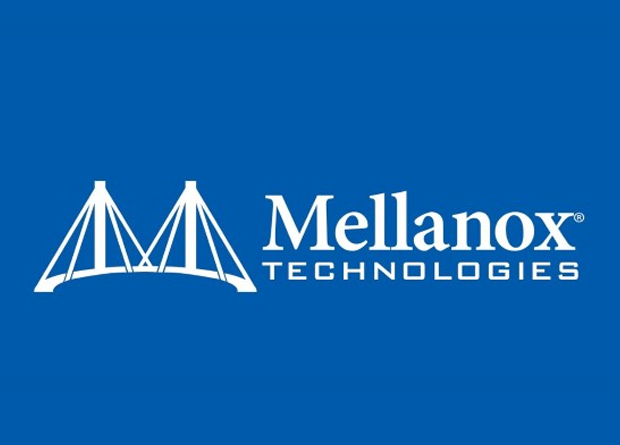Mellanox Technologies, Ltd., supplier of interconnect solutions for data center servers and storage systems, announced that customer shipments of SN4000 Ethernet switches have commenced.
The SN4000 family is powered by Spectrum-3 – the world’s best performing, most scalable, and most flexible 12.8 Tbps Ethernet switch ASIC, which is optimized for Cloud, Ethernet Storage Fabric, and AI interconnect applications.
SN4000 platforms come in flexible form-factors supporting a combination of up to 32 ports of 400GbE, 64 ports of 200GbE and 128 ports of 100/50/25/10GbE. The SN4000 platforms complement the 200/400GbE SN3000 leaf switches to form an efficient and high bandwidth leaf/spine network.
Spectrum-3 supports unprecedented scale, tunneling, and network virtualization capabilities with its advanced FlexFlow packet processing technology and WJH (What Just Happened) based real-time telemetry. Spectrum-3 is ideal for building massive, high performance layer-2 and layer-3 fabrics, for both virtualized and non-virtualized use cases.
Key Highlights
- Up to 128 ports of 100GbE, 64 ports of 200GbE or 32 ports of 400GbE
- Up to 200,000 NAT entries, and 1 Million on-chip routes
- Fully shared packet buffer to maximize burst absorption and deliver fair bandwidth sharing
- RoCE-Ready one-click configuration with hardware-accelerated, end-to-end congestion management to simplify networking for storage, AI, and big data workloads
- FlexFlow™ programmable pipeline which delivers rich network processing capabilities at an unprecedented scale
- WJH™ based granular telemetry to simplify network operations and dramatically reduce mean time to issue resolution
- Simultaneous NRZ and PAM4 port speeds allowing flexible configurations
- Dual stack IPV4 and IPV6 protocol operation
- Support for overlay protocols including EVPN, VXLAN-GPE, MPLS-over-GRE/UDP, NSH, NVGRE, MPLS/IPv6 based Segment routing and more
- Flowlet-based adaptive routing maximizes performance and network utilization for layer-3 fabrics with high cross-sectional bandwidth
- Support for customer-defined, on-switch, containerized microservices with complete SDK access to host management, orchestration, and telemetry applications.
“Spectrum-3 offers better performance, more advanced features, and easier management than any other 12.8 terabit switch,” said Amit Katz, vice president of Ethernet switches at Mellanox. “Our VXLAN support features single-pass routing for more than 500,000 tunnels, making Spectrum-3 the best switch not only for cloud data centers, but for any networking deployment supporting virtualization, containers, or microservices.”
“Over the last several years, with the Spectrum-1 and Spectrum-2 product lines, Mellanox has steadily grown its market share in the 100GbE top-of-rack Ethernet switch segment,” said Seamus Crehan, president of Crehan Research. “As of the most recent reported quarter, Mellanox moved up to the fourth overall position worldwide in this segment, with over seven percent market segment share. The introduction of these new Spectrum-3 based switches should enable additional growth for Mellanox in the emerging 200GbE and 400GbE segments.”
“Mellanox and Cumulus have been collaborating for over five years to help our data center customers build agile, high performance and highly-automated infrastructure using Linux,” said Josh Leslie, CEO of Cumulus Networks. “Spectrum-3 enables a feature-rich leaf/spine network architecture able to achieve massive scale, at twice the performance as was previously possible, making the combination of Cumulus Linux and Spectrum-3 an important part of our product portfolio.”
Spectrum-3 is the latest addition to a broad portfolio of software and hardware products based on Ethernet Cloud Fabric (ECF) technology and is backward-compatible with earlier Spectrum models at an SDK level. Like other switches in the Spectrum family, Spectrum-3 is ONIE bootable and supports a wide choice of open Network Operating Systems (NOS) including Mellanox Onyx, DENT, SONiC,and Cumulus. Customers can enjoy higher performance and scale while continuing to use a consistent software model.










































































































